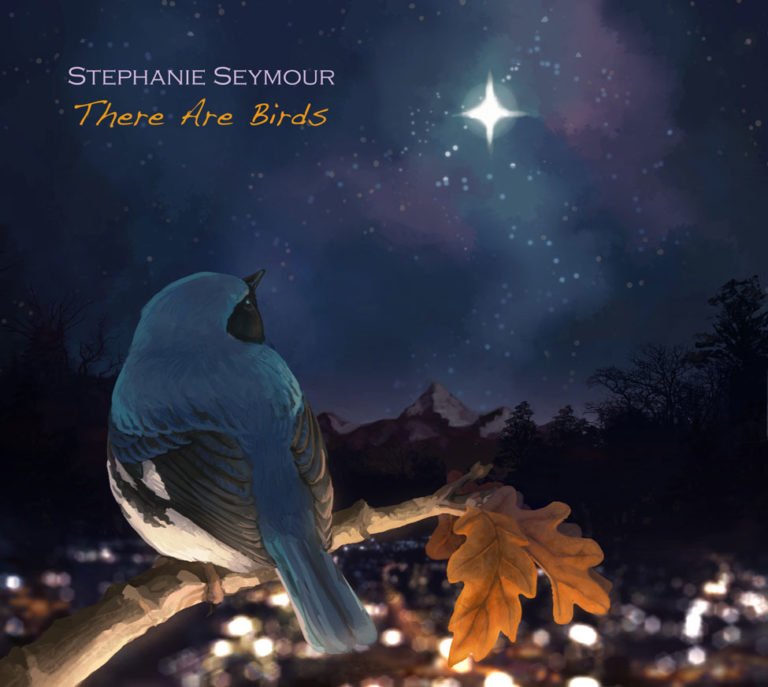
Why do people become birders? There must be an endless number of individual reasons, and an endless number of stories worth telling about it – about that moment in time when one person’s avidity for avians first kicked in. (Might be a good subject for a continuing feature of some birding blogsite, too.)
Stephanie Seymour’s starting story may not be unique but it must be unusual. She wanted to join in the annual Audubon Christmas bird count in 2004, and she did — but she couldn’t identify a thing. The next day, she bought a Peterson guide, and studied it, and was able to go outside and put a name to the “little brown blobs” she had seen – House Sparrows! That first positive identification, of the commonest of birds, was, as she puts it, her “spark,” one that set off a passion for birding that has never since waned.
A descendant of those little brown blobs–or, at least, a relative—was Emily, rescued by Seymour and her husband Bob, and made the subject of one of the tracks on her terrific new pop-rock music album, There Are Birds.
The album consists of twelve songs, most named after a bird, and most of which were inspired by Seymour’s actual encounters with the subjects. The first, the infectious “Veery,” tells, Seymour says, of one spring migration, when, while she was sitting on a hillside,
the Veery kept hopping around me and listening to me talk to it. I went back the next day and there it was, and we did the same thing again. I visited the bird for a couple weeks until one day, it was gone.
Or, as later transmuted into the lyrical,
Veery
Come listen to me, let me talk to you
I know that you are only passing through
So for just a week or two, it’s me and you.
It’s a catchy song with gorgeous vocal harmonies and a swell guitar break.
Seymour lives in New Jersey but she gets around, too. Even though she’s not keen on commercial aviation, she travels for birding once or twice a year, she says, including, a couple of years ago, to the Rio Grande Valley Birding Festival, where she saw a number of life birds, including some that inspired songs, such as the Yellow-headed Blackbird:
Yellow-headed Blackbird, how you stand out in a crowd
There’s no shadow of a doubt
When you sing your song out loud
Yellow-headed Blackbird, you’re an easy bird to miss
And you were my nemesis
But now you’re mine.
(It take guts to rhyme “miss” and “nemesis” – but it works!)
A couple of the songs are sung, not from the human point of view, but from the bird’s – or maybe from both at the same time, as with “Bald Eagle.” As anyone knows who has been put under for a medical procedure with “twilight” anesthesia, waking can be weird. When Seymour woke from hers, she remembers, she heard a whooshing sound at either ear, and tuned both ways to see Bald Eagles – they were flying and she was flying with them. “I was so excited,” she says — “I was really happy!” But when she said, out loud, “I must be a Bald Eagle!” the jaded nurse simply replied “have some juice, honey.”
As a performer and otherwise, Seymour has been in the music business for a good many years –in the early ‘90s, with the Aquanettas (check them out on YouTube, they’re good), then Psychic Penguin, and Birdy. On There Are Birds, she has a fine bunch of seasoned pros on back-up vocals and instrumentation including, among a number of others, James Mastro (below, left) as well as (below, right, with Seymour) Charlie Giordana, late of the E Street Band, playing accordion and keyboards on several songs, including “House Sparrow,” that song about the little brown blob, Emily. (In fact, says Seymour, Giordana “played two of the most beautiful accordions I’ve ever seen.”)


As Seymour relates the story, Emily was nearly dead when she was found, “on the lawn, almost gone.” Seymour nursed her for a couple of hours and put her in shape to fly away out the window. Before she did, Emily turned around and looked back, “as if she were saying thanks.”
Seymour says that her sound is a combination of Aimee Mann, Chrissie Hynde, and Karen Carpenter. That’s not a threesome that you would normally see included in the same sentence, but it may be an apt comparison. She has a lovely alto, pleasant to listen to, and There Are Birds is great, melodic fun, with clever lyrics, and tight musicianship, mixed well.
(Last but not least, the cover of the album is a beautiful painting by the 2019 American Birding Association Bird of the Year Artist, Megan Massa. It’s a portrait from the rear of Seymour’s favorite, the Black-throated blue warbler: click on the navagation icon in the middle of the image at the top of this review to view the entire cover.)
There Are Birds
Stephanie Seymour
available in Digital Album ($10) or Compact Disc ($15) at
https://stephanieseymour.bandcamp.com/releases
and
http://www.therearebirds.com/

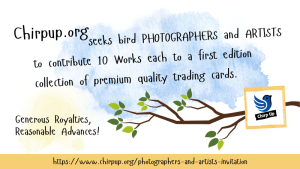


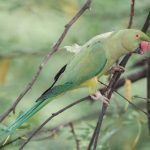
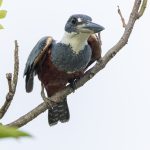
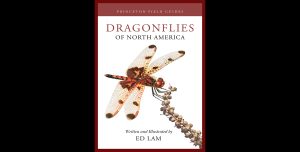
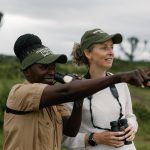
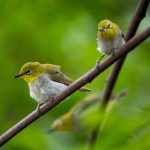

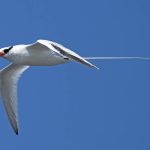
Leave a Comment